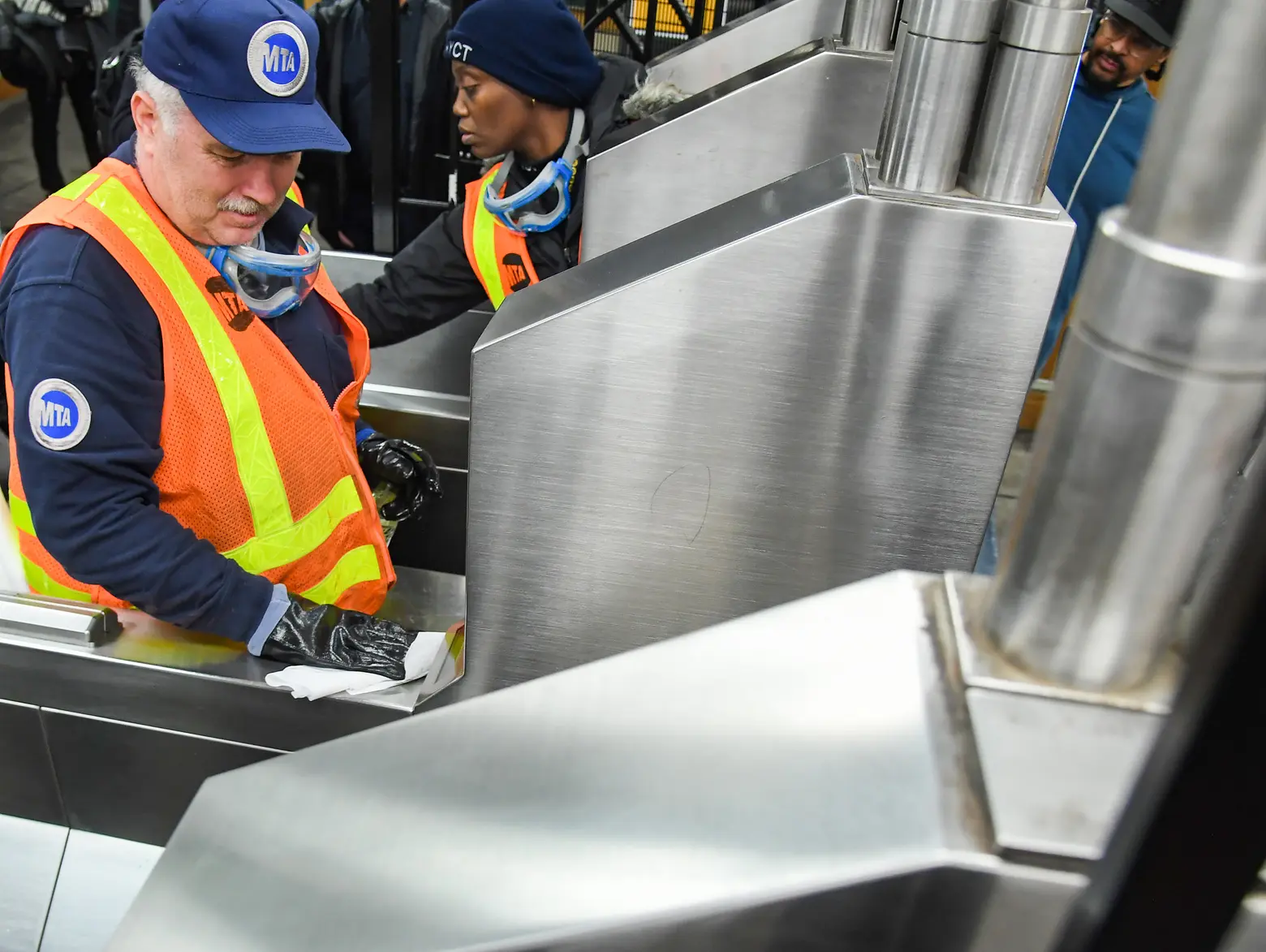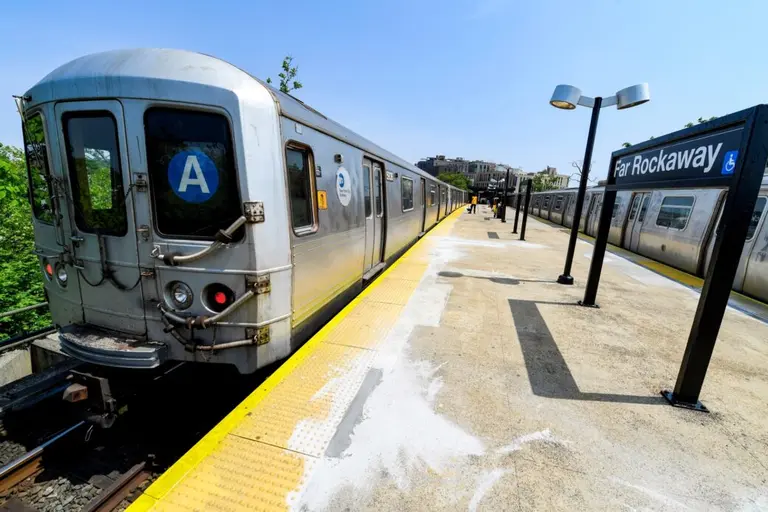How the NYC subway is preparing for coronavirus

Photo by Marc A. Hermann / MTA New York City Transit, Flickr cc
After issuing their first response last Thursday, the Metropolitan Transportation Authority (MTA) issued an update today on the precautions the agency is taking in response to the novel coronavirus (COVID-19), joining a coordinated effort by New York City and state to remain ahead of an epidemic whose impact could depend on how well communities and authorities respond to it. Now that there’s been a confirmed case in Manhattan, as well as one in Westchester, the agency has taken additional measures to inform and protect its employees–and the eight million people who ride its subways, commuter trains and buses daily. The MTA will make sure that none of its trains, cars, or buses go more than 72 hours without undergoing sanitization.
 Photo by Marc A. Hermann / MTA New York City Transit, Flickr cc
Photo by Marc A. Hermann / MTA New York City Transit, Flickr cc
To make sure to reach the maximum number of people, MTA is providing information in English, Chinese, Spanish, Russian and Korean across the system on 3,600 subway screens, 2,000 bus screens and with information available at 84 subway entrances as well as across its railroad system. Employees will get extended hours so they can get free flu shots given at MTA Medical Assessment Centers (flu shots protect against existing flu viruses so the health system is less strained by caring for people sick with the flu).
The biggest step the agency is taking, however, is daily cleanings of New York City Transit’s 6,714 subway cars, 64 Staten Island Railway cars, 5,700 buses, 1,341 Access-A-Ride vans, and 1,100 Metro-North and Long Island Rail Road cars, ensuring that no fleet goes more than 72 hours without a full cleaning. In addition, oft-touched surfaces such as turnstiles, MetroCard and ticket vending machines, elevator buttons, benches, and handrails will be disinfected daily. When it comes to surfaces, the New York Times reported data from a Journal of Hospital Infection study that showed other coronaviruses “remained on metal, glass and plastic for two hours to nine days.”
Patrick Warren, MTA Chief Safety Officer, said in a statement “The MTA has protocols in place for any emergency scenario, from a public health crisis to an extreme weather event. We are regularly monitoring the circumstances surrounding the coronavirus with the utmost seriousness at the direction of federal and state health authorities.”
In the meantime, transit customers and employees should follow the below recommendations from the CDC:
- Wash your hands often with soap and water for at least 20 seconds. If soap and water are not available, use an alcohol-based hand sanitizer.
- Avoid touching your eyes, nose and mouth with unwashed hands.
- Avoid close contact with people who are sick.
- Stay home when you are sick.
- Cover your cough or sneeze with a tissue, then throw the tissue in the trash.
- Clean and disinfect frequently touched objects and surfaces.
- Individuals who are experiencing symptoms and may have traveled to areas of concern or have been in contact with somebody who has traveled to these areas should call ahead to their healthcare provider before presenting for treatment.
In addition to MTA precautions, Governor Cuomo and Mayor de Blasio announced yesterday that, in conjunction with the State Department’s public health laboratory the Wadsworth Center, by Friday, hospitals will have the capacity to perform 1,000 tests a day statewide, with results coming back in just three to five hours. Late last night, state lawmakers approved the Governor’s requested $40 million emergency management authorization for the New York State Department of Health (DOH), which will be used for additional supplies and personnel. The state does already have stockpiles of surgical masks, N95 respirators, and other protective gear, and in New York City, 1,200 hospital beds have already been identified for potentially affected patients.
According to the NY Times, the city and state have been “quietly preparing for a pandemic for years” and have already outlined a “rough sketch of what might happen in an outbreak of the coronavirus–technically known as Covid-19.” But the majority of the city’s more recent preparations have been focused on how to face a smaller-scale outbreak.
Mayor Bill de Blasio said at a news conference last week: “We can really keep this thing contained,” and that if hospitals become filled to capacity, “We’ve got a long time to ramp up if we ever had anything like that.”
Editor’s Note: This story was originally published on February 28, 2020, and has been updated with new details.
RELATED:


























